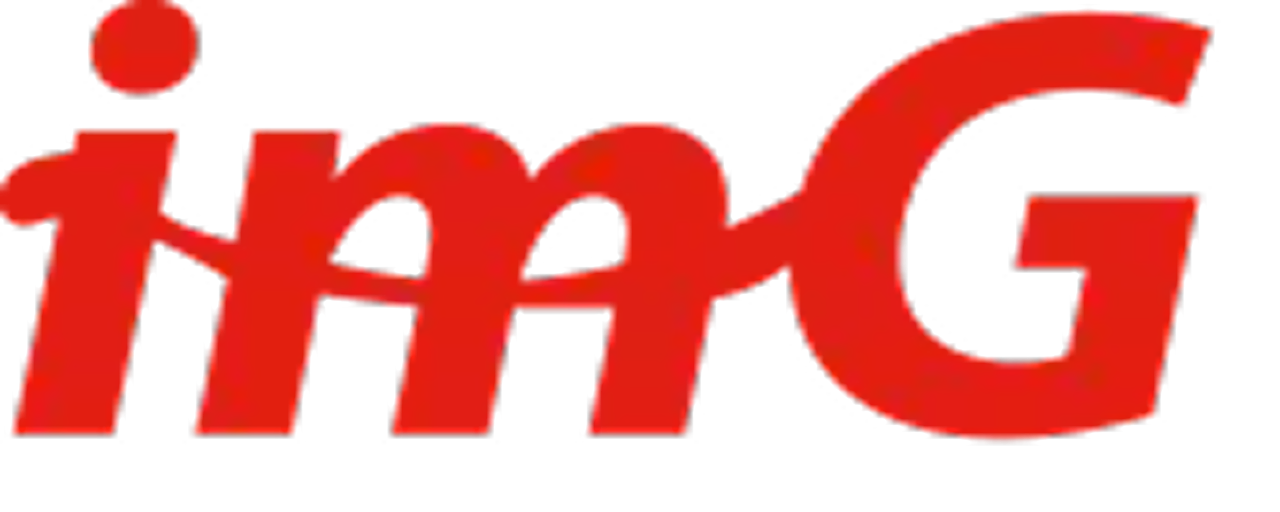Managers should consider how to meet both individual and organizational goals. What does the employee want out of work? How do their needs and desires change over time? The organization benefits from factoring in the employee’s objectives. The organizational task becomes one of understanding the employee’s needs, and assessing how well they can be met in this organization, doing what the organization needs to have done. The highest level of motivation occurs when there is a match between an individual’s needs and the organization’s needs. When the two sets of needs do not mesh, the employee and the manager should discuss where the employee wants to go, where the organization is going, and how significant the discrepancy is. The employee might be better off elsewhere and the organization might be better off having someone whose needs better align with the organization’s requirements.





